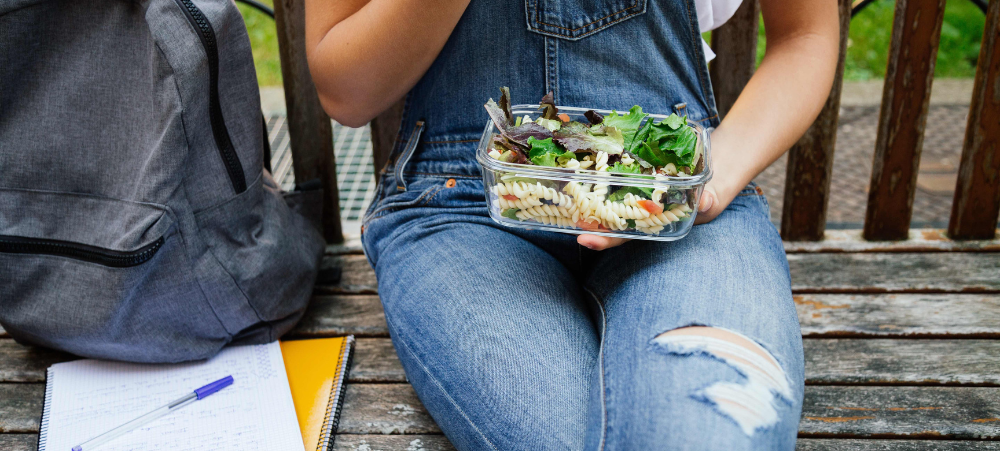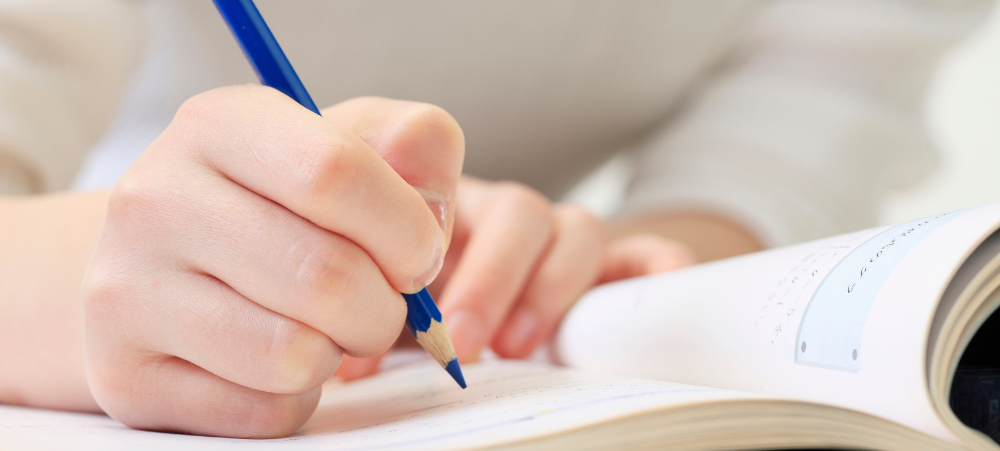One of the most exciting things I have seen, was a pre-school offering “Puzzle Club” as an extra mural. With today’s busy life, it has become all too easy for parents to let their children do puzzles on a tablet, instead of taking the time to sit and teach them to do traditional puzzles, to sit and manipulate the pieces until they fit together to create a whole picture. Mathematics at school is based on seven basic principles. Almost all of those can be learned by doing puzzles! So if you want to give your child the edge with Math’s at school, take the time to teach them to do puzzles.

The benefits of teaching our children to do traditional puzzles are endless.
Visual analysis and synthesis. This is particularly important for developing reading later on. By putting the puzzle pieces together children are learning how to combine different pieces to make a whole (synthesis). They are also learning how to investigate the pieces that make up that whole (analysis). This is the same process that they learn when reading – we make words by putting letters together (synthesis) and we can learn to spell a word by breaking it up into parts (analysis).
Mathematics at school is based on seven basic principles. Almost all of those can be learned by doing puzzles!

Problem solving skills. It is so easy for parents and teachers to “solve” the puzzle for children. But we need to allow them time to work out how to complete the picture on their own. That being said, it is always beneficial to give children a framework to work within in order to put the puzzle together. Once they have realised what it is all about, they may well want to work out their own way of doing it, and that is okay! This develops their problem solving skills and encourages independent thinking. Even the simplest of puzzles require toddlers to think and develop different approaches to achieve their goal.
Fine motor control. Putting a puzzle together, requires children to pick up the pieces, sort them, manipulate them and fit them together without breaking them. This is an excellent way to develop their motor skills, which they need for eating, writing, cutting out, drawing and so much more.

Hand eye-coordination. From early days putting the big wooden shapes into the correct place, right through to mastering the smaller pieces of a 100 piece puzzle or more, children are developing their hand eye-coordination. The wrong piece obviously does not fit and they have to try all over again. This trial and error helps them to do what they actually see.
Patience and Persistence: Puzzles are brilliant ways to teach our young ones about the benefits of persevering at a task and not giving up. Children also learn about shapes, colours, and sizes when working with puzzles.
Other benefits of allowing and encouraging children to build puzzles include: Developing their vocabulary: by talking to children about the picture on the puzzle, we are teaching them new words, and what types of things go together (word association) like a tractor and a farm. Spatial relationships: children learn what words like above, next to, behind and below mean when they are building puzzles.
Last, but definitely not least, children learn self-confidence from being able to complete a whole puzzle.
- Mastering Exam Prep: How to Ace Writing Exams Without Losing Your Mind (or Social Life!) - October 10, 2024
- The Dreaded “Dys” … understanding Dyslexia and Dyscalculia - September 10, 2024
- The Impact of Screen Time on Children’s Physical Development - August 16, 2024





